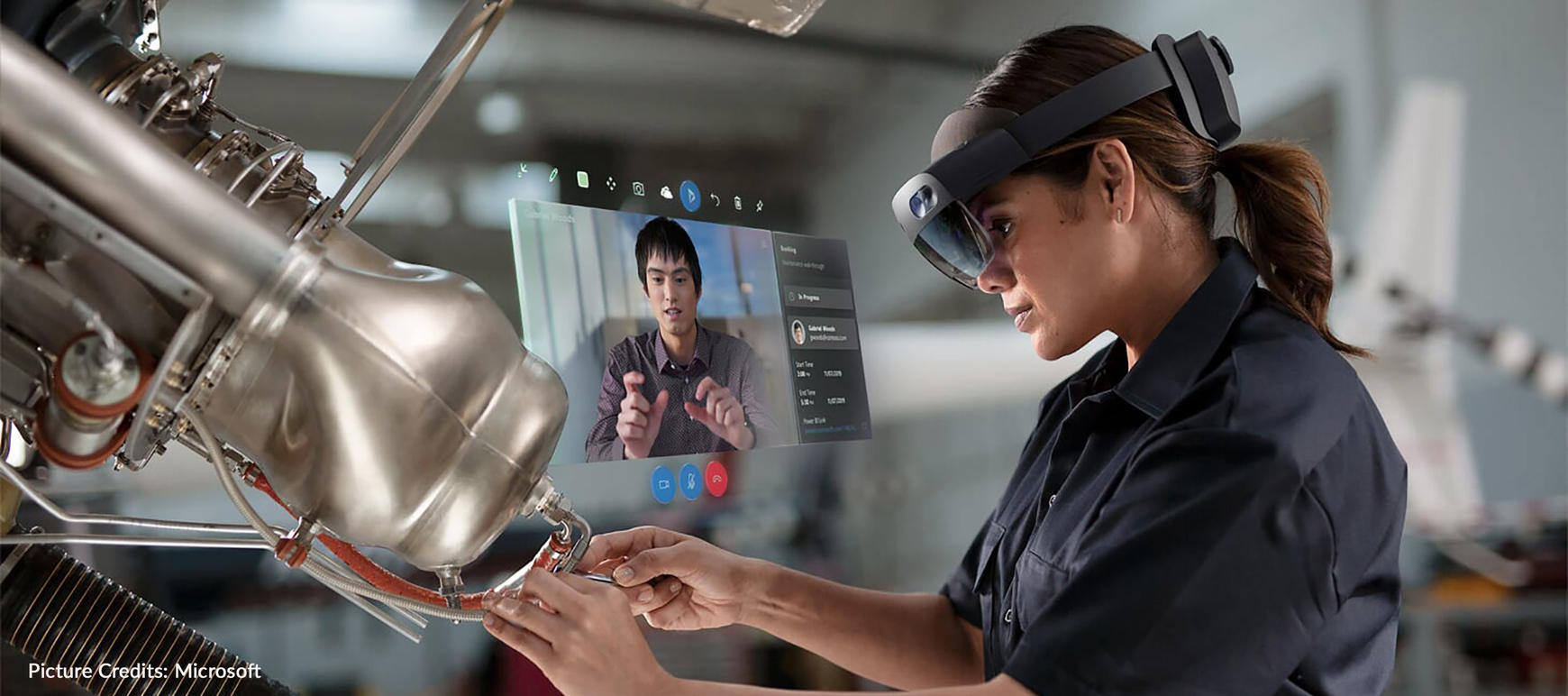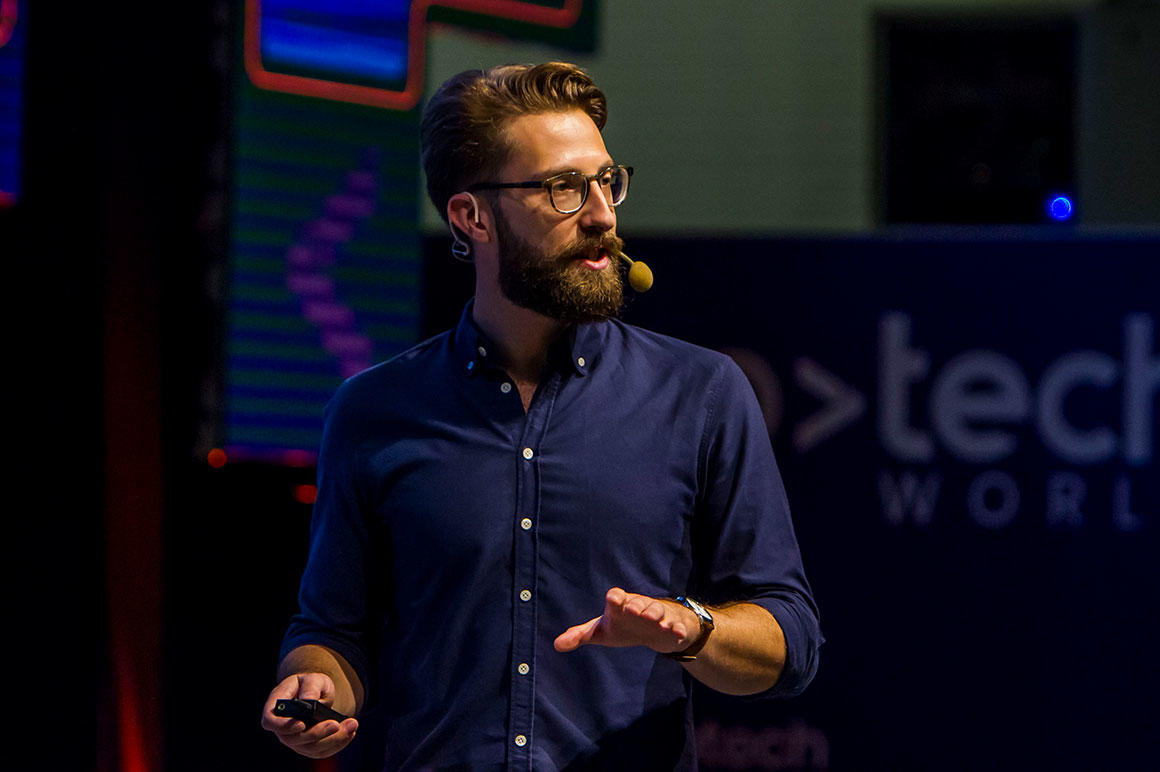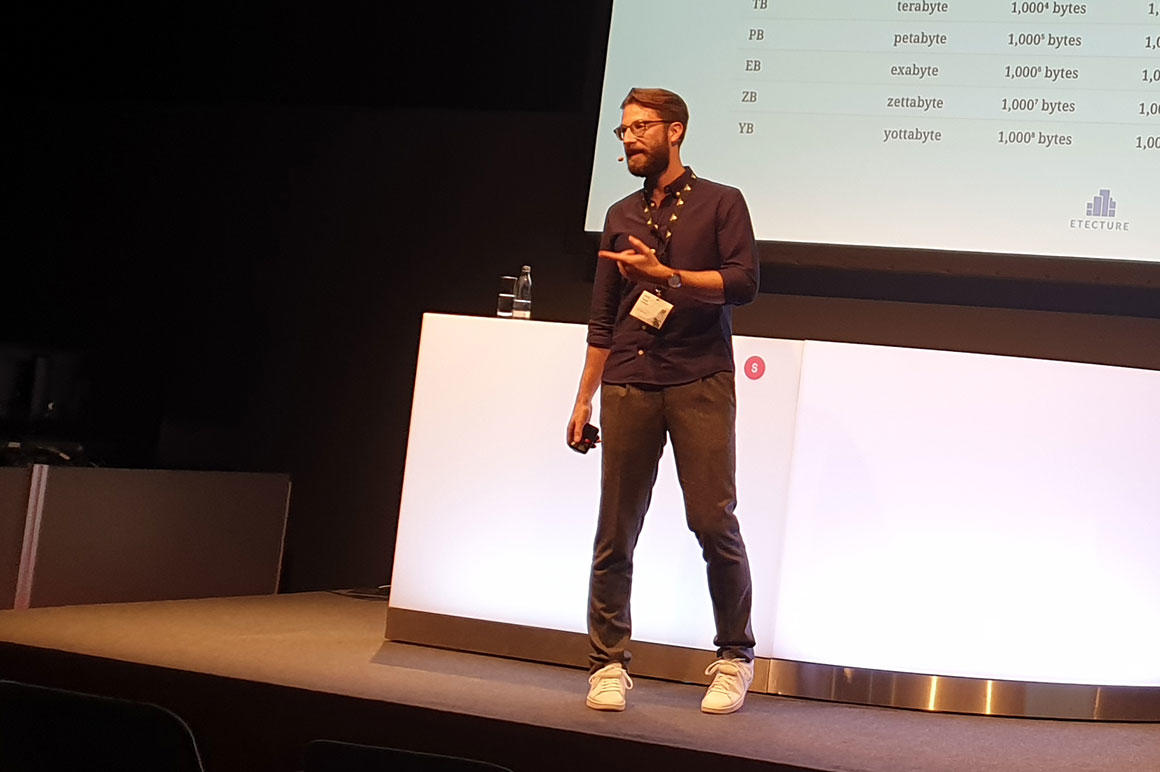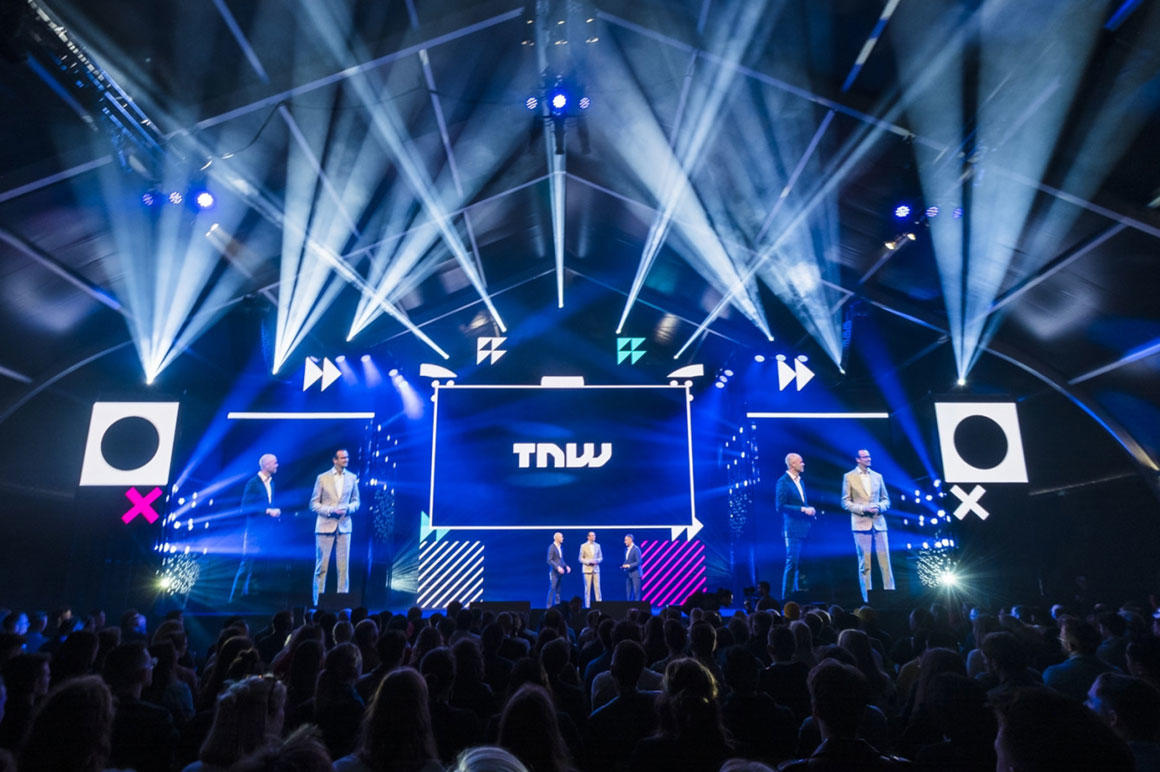HoloLens 2: Designed to get work done
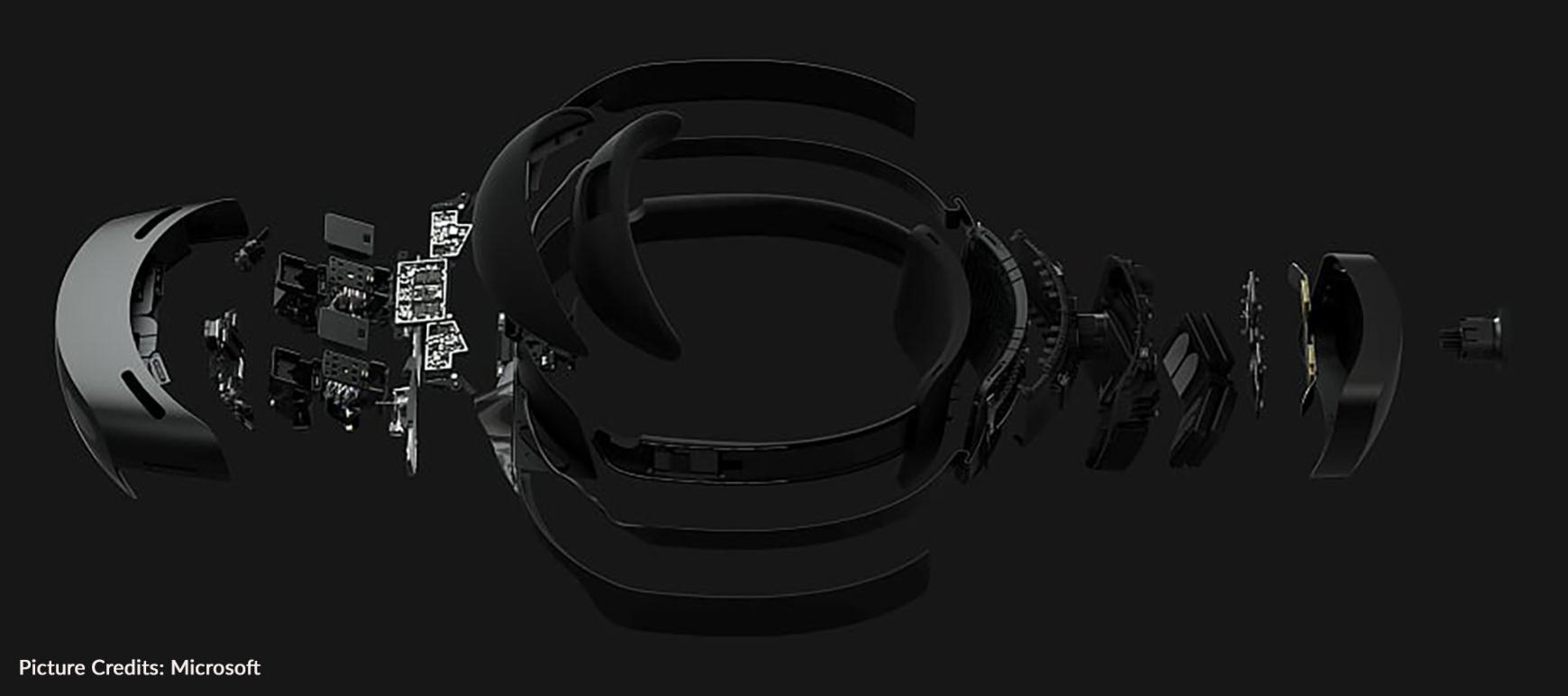
Microsoft has just announced their latest piece of technology, the HoloLens 2, at the main stage of the Mobile World Congress in Barcelona. This was the announcement that tech geeks all over the world were waiting for, and it did not disappoint.
To fully understand the significance of progress in devices like this, it might be good to swiftly cover what ‘a HoloLens’ actually is, the technology behind it and some of the expectations we have for these emerging devices.
A very brief introduction to spatial computing
With advanced sensors in our digital devices it is now possible to "scan" the world around us, and create a digital mesh on top of the real world. This mesh can be used by developers to place 3D objects on top of real world locations. Users can see and interact with the combination of real objects and 3D objects through the lens of their camera on a screen: Spatial Computing.
Imagine architects being able to see their creations in 3D while they are designing, medical students seeing 3D images of all the veins running through a body or industrial workers that can see inside the jet engine of a Boeing 747.
Mobile is leading the way for mass adoption with Apple’s AR Kit and Google’s AR Core making it easy for developers to create stunning experiences. Pokémon Go created a world-wide phenomena, and IKEA Places is creating added value for people who are decorating their apartment. There is a ever increasing amount of AR apps for mobile.
Heads up displays are what many perceive is the next step in Spatial Computing. Wearable computers that place a screen directly in front of our eyes. And while there are many different use cases, both for consumers and for industry, several companies are experimenting but no one has found perfection yet. Remember Google Glass?
In recent years a couple of companies have made fantastic breakthroughs in the technology required to create 3D holograms that users can interact with through a pair of glasses. Microsoft is the behemoth that moved into the space with the launch of the HoloLens a couple of years ago. This week they announced their second version.
Introducing the HoloLens 2
A lot has changed since Microsoft launched the first version of the HoloLens two years ago.
Basically for workers who don’t sit behind a computer at all. Empowering users to have access to the data and technology they need at the right time in the right place.
The first time I experienced HoloLens back in 2016 was one of the most live changing experiences I have ever had in digital. Back in the first few weeks after launch there were only a handful of apps to use and they all looked a bit buggy, and the fidelity was pretty low. But just imagining how this technology will develop in the next three, five or ten years is mind blowing. I had goosebumps.
And perhaps the most interesting thing is that we have the capabilities to help shape this spatial future. What an amazing time to be alive.

